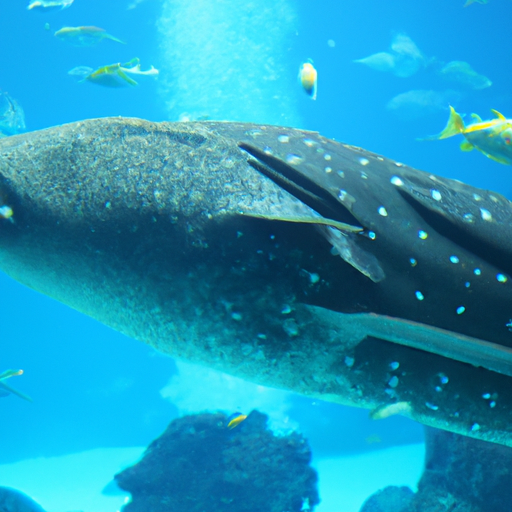 Introduction:
Introduction:
The ability of certain animals to breathe underwater has long captivated human curiosity. From the graceful movements of fish to the astonishing adaptations of marine mammals, the underwater realm is home to a diverse range of fascinating respiratory systems. This article delves into the intricate mechanisms that enable animals to extract oxygen from water, highlighting various adaptations and evolutionary marvels.
1. Gills: The Aquatic Respiratory Powerhouses
Gills are the primary respiratory organs in most aquatic animals, providing efficient oxygen uptake from water. Essentially, gills consist of thin sheets of tissue, known as gill filaments, which are composed of countless tiny finger-like projections called gill lamellae. These structures maximize surface area for oxygen exchange. As water passes over the gills, dissolved oxygen diffuses across the thin walls of the gill lamellae into the bloodstream, while carbon dioxide simultaneously diffuses out.
2. Countercurrent Exchange: Enhancing Oxygen Absorption
To optimize oxygen extraction, many aquatic animals have evolved a countercurrent exchange system. This mechanism involves blood flowing in the opposite direction to water, allowing for efficient gas exchange. As oxygen-rich water flows over the gills, oxygen concentration gradually decreases, while carbon dioxide concentration increases. However, blood flowing through adjacent gill lamellae moves in the opposite direction, maintaining a steep concentration gradient that facilitates continuous oxygen diffusion.
3. Buccal Pumping: A Breath of Fresh Water
Certain fish species employ a unique technique called buccal pumping to facilitate respiration. Buccal pumping involves drawing water into the mouth or buccal cavity and expelling it over the gills. By expanding the buccal cavity, fish create a pressure gradient that allows water to flow across their gills, aiding in oxygen uptake. This mechanism is particularly beneficial in low-oxygen environments or when fish require a sudden burst of oxygen during strenuous activity.
4. Lungs: An Aquatic Rarity
While lungs are predominantly associated with terrestrial animals, a select few aquatic creatures have evolved this organ for respiration. For example, amphibians such as frogs possess lungs that enable them to breathe air when they are above water. Additionally, some fish species, such as lungfish and mudskippers, possess modified lungs that allow them to breathe air when their aquatic habitat becomes oxygen-depleted or during extended periods of drought.
5. Accessory Respiratory Structures: Beyond Gills and Lungs
In addition to gills and lungs, several aquatic animals have developed alternative respiratory adaptations. For instance, some crustaceans, like the gill-breathing crabs, have specialized gill chambers that allow them to extract oxygen from air. Similarly, certain aquatic insects possess tiny air-filled tubes called tracheae, which extend from their body surface to supply oxygen directly to their tissues, bypassing the need for gills or lungs.
6. Marine Mammals: Evolutionary Innovations
Marine mammals, including whales, dolphins, and seals, have evolved remarkable adaptations to breathe underwater. They possess specialized organs called blowholes, which are located on the dorsal side of their heads. By forcefully exhaling stale air through the blowholes and drawing fresh air in during a quick surfacing event, marine mammals avoid inhaling water while replenishing their oxygen supply.
Conclusion:
The mechanisms by which animals breathe underwater are a testament to the remarkable diversity and adaptability of life in aquatic environments. From the intricate gills of fish to the modified lungs of amphibians and the evolutionary innovations of marine mammals, each species has developed unique adaptations to extract oxygen from water. Understanding these mechanisms not only deepens our appreciation for the wonders of nature but also aids in conservation efforts to protect these incredible underwater ecosystems.
